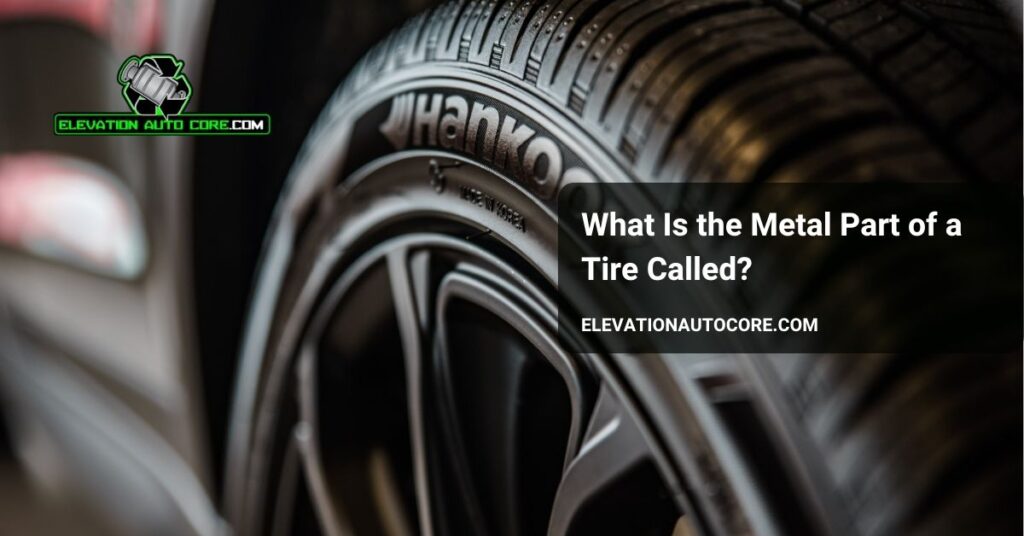What’s the metal part of a tire called, and why does it matter? This essential component, known as the wheel rim, plays a crucial role in supporting the tire and ensuring your vehicle runs smoothly. Understanding its function can help you make better decisions when it comes to maintenance or replacement. Keep reading to learn more about this vital part of your vehicle.
What Is The Metal Part Of A Tire Called?
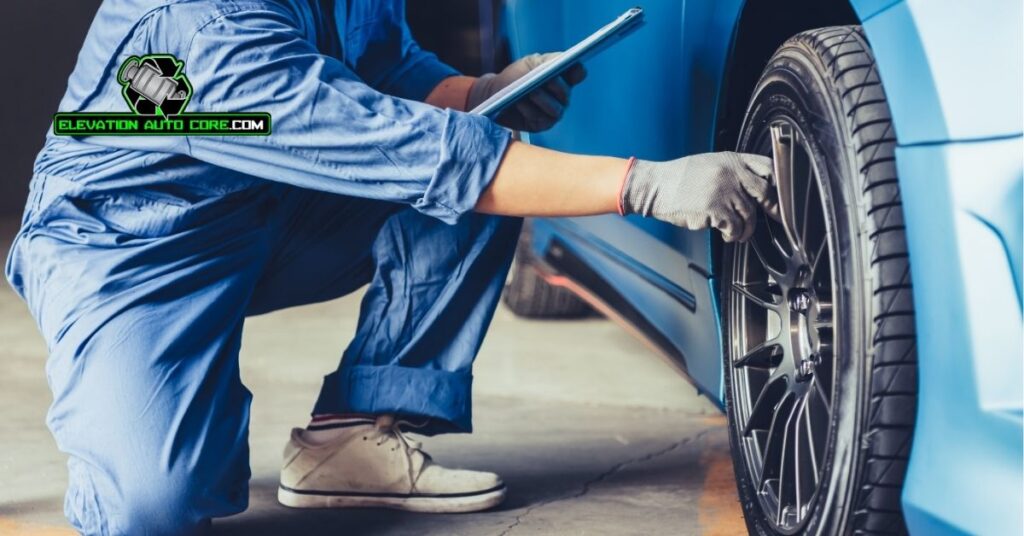
The metal part of a tire is called the wheel rim. It forms the structural base for mounting the tire and plays a key role in supporting the vehicle.
Common Terminology Used In The Industry
Industry professionals commonly refer to the metal part of a tire as the rim. Some also use the term wheel to describe the entire assembly, including both the rim and the tire. The inner circular area where the rim connects to the axle is often called the hub. Lug holes or bolt holes allow attachment to the vehicle, ensuring the wheel’s stability. Terms like flange, bead seat, and drop center describe exact rim sections that secure the tire and aid assembly.
Differences Between Metal Rim And Hub
The rim provides the metal structure supporting the tire. It ensures the tire mounts securely and maintains a consistent shape during operation. The hub, on the other hand, connects the rim and wheel assembly to the axle. It acts as the central component that enables rotation and transmits torque. While both are essential, the rim relates directly to tire installation, while the hub focuses on power transfer and movement.
Importance Of The Metal Part In Tires
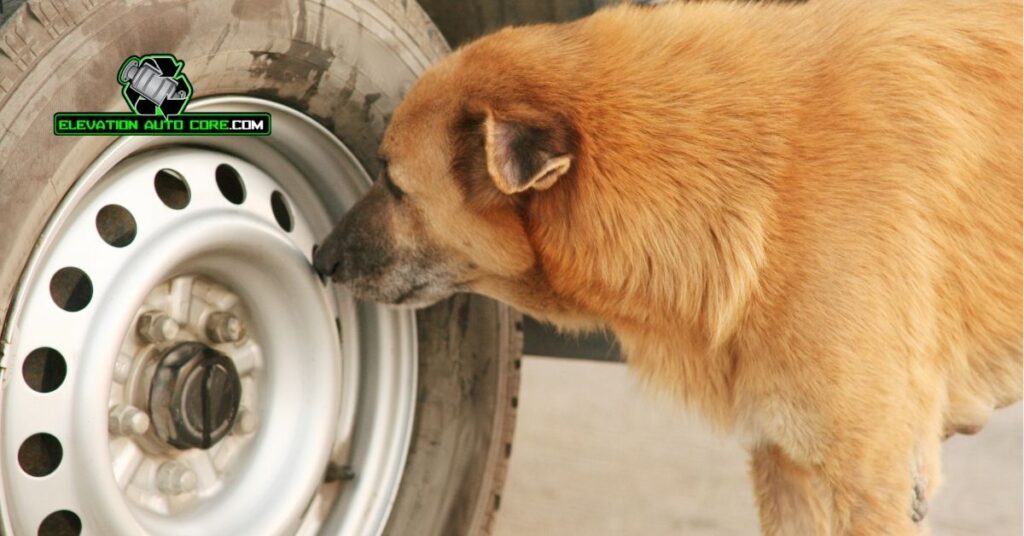
The metal part of a tire, known as the wheel rim, plays a critical role in your vehicle’s functionality. It supports the tire, ensures proper alignment, and directly impacts overall safety.
Structural Support And Durability
Wheel rims provide the necessary structural support to maintain the tire’s shape under pressure. They ensure the tire stays securely in place during motion, even when subjected to rough terrain or heavy loads. Sturdy construction materials like steel or aluminum increase the rim’s durability, reducing the risk of deformation or failure over time. A high-quality rim resists corrosion and wear, which helps extend its lifespan and reduces replacement frequency.
Role In Vehicle Performance
The rim’s precision design contributes to balanced handling and optimized performance. Its stiffness ensures proper contact between the tire and road, improving traction and control. Lightweight rims, often made of aluminum alloys, enhance fuel efficiency by reducing rotational mass, while steel rims offer strength suited for heavier loads. Ensuring the rim’s integrity minimizes vibration and uneven tire wear, which can improve comfort and steering accuracy.
Types Of Metal Rims And Their Features
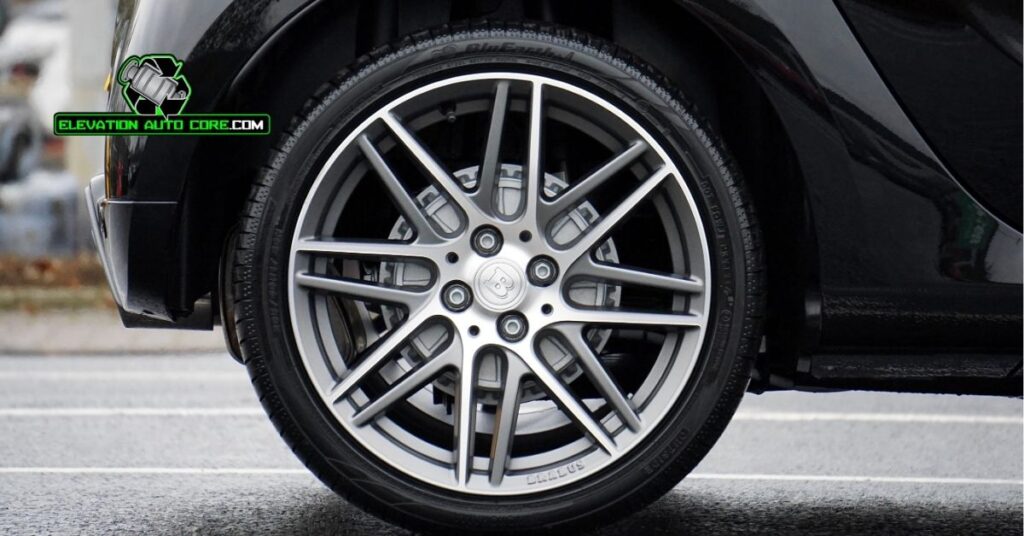
Understanding the features of different metal rims helps you choose the right one for your vehicle. Each type of rim offers distinct advantages, depending on material and design.
Alloy Rims
Alloy rims combine metals like aluminum with other elements for a lightweight design. These rims enhance fuel efficiency and handling by reducing overall vehicle weight. Corrosion resistance makes them suitable for varying weather conditions. Manufacturers often provide alloy rims in aesthetic designs, attracting drivers seeking both performance and style.
Steel Rims
Steel rims are heavier, offering added durability for vehicles carrying heavy loads. Their strength makes them ideal for winter driving and off-road conditions. Compared to alloy rims, they cost less, making them an economical option. But, their weight can slightly reduce fuel efficiency and handling responsiveness.
Chrome Rims
Chrome rims, known for their mirror-like finish, add a premium look to vehicles. A layer of chromium plating provides protection against corrosion and weather damage. These rims are primarily used for show rather than heavy-duty purposes. Regular maintenance is necessary to preserve their reflective appearance and prevent tarnishing over time.
Maintenance Tips For Metal Parts Of Tires
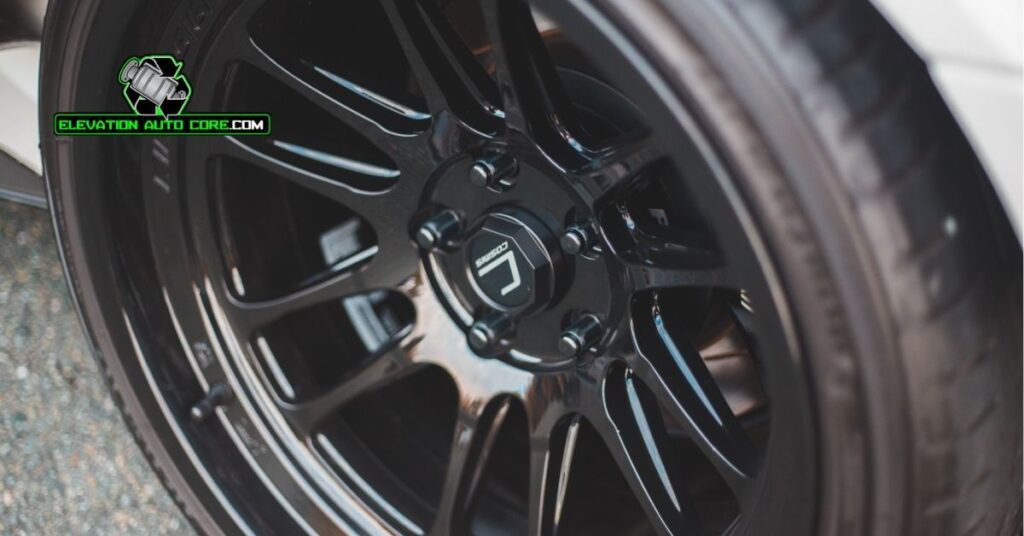
Proper care of the metal parts of tires, particularly the wheel rims, ensures their longevity and optimal performance. Regular maintenance helps avoid safety issues and extends the lifespan of these critical components.
Cleaning And Polishing
Start by cleaning wheel rims regularly to prevent dirt, brake dust, and grime buildup. Use a mild detergent or specialized rim cleaner with a soft-bristle brush to avoid scratching the surface. Rinse thoroughly with water to remove all residues after scrubbing. For polishing, select a non-abrasive metal polish suited for your rim’s material, such as steel or aluminum. Apply it with a microfiber cloth using circular motions to achieve a smooth, shiny finish. Avoid harsh cleaners that can damage the outer surface or compromise the rim’s protective coating.
Checking For Damage Or Corrosion
Inspect rims for visible damages like cracks, bends, or dents after hitting potholes or curbs. Such issues, if ignored, can weaken the structure and cause air leaks in tires. Examine the surface closely for signs of corrosion, especially in chrome or steel rims, as moisture and road salt can accelerate rusting. Focus on the lug holes and valve seat areas, where corrosion often starts. If you notice severe damage or rust, consult a professional for recommendations on repair or replacement.
Conclusion
Understanding the role and maintenance of the wheel rim is essential for ensuring your vehicle’s safety, performance, and efficiency. By choosing the right type of rim and keeping it in good condition, you can enhance your driving experience while reducing long-term costs.
Regular inspections and proper care help prevent issues like uneven tire wear or structural damage. Whether you prefer the durability of steel, the lightweight benefits of alloy, or the aesthetic appeal of chrome, maintaining your rims will keep your vehicle running smoothly and looking its best.

